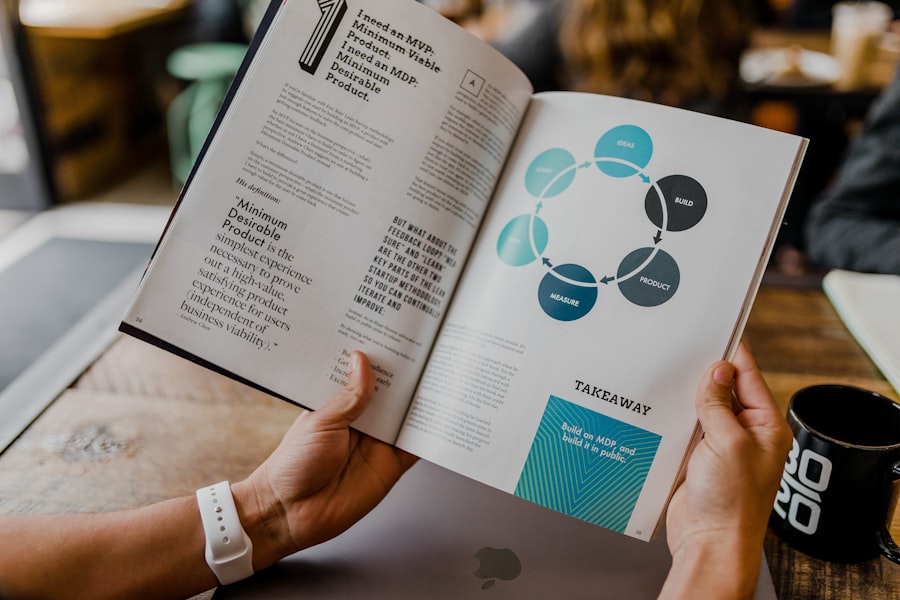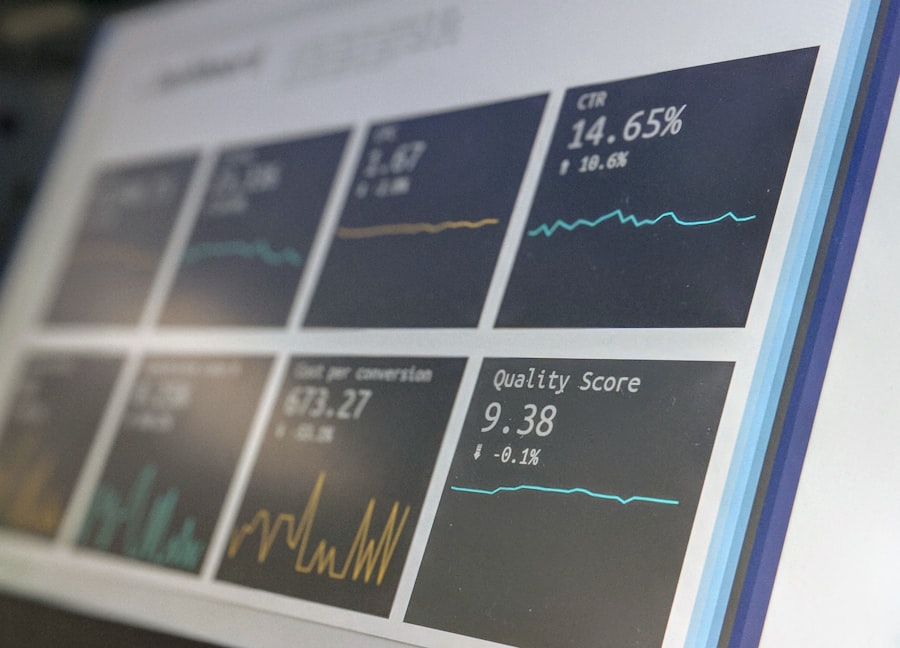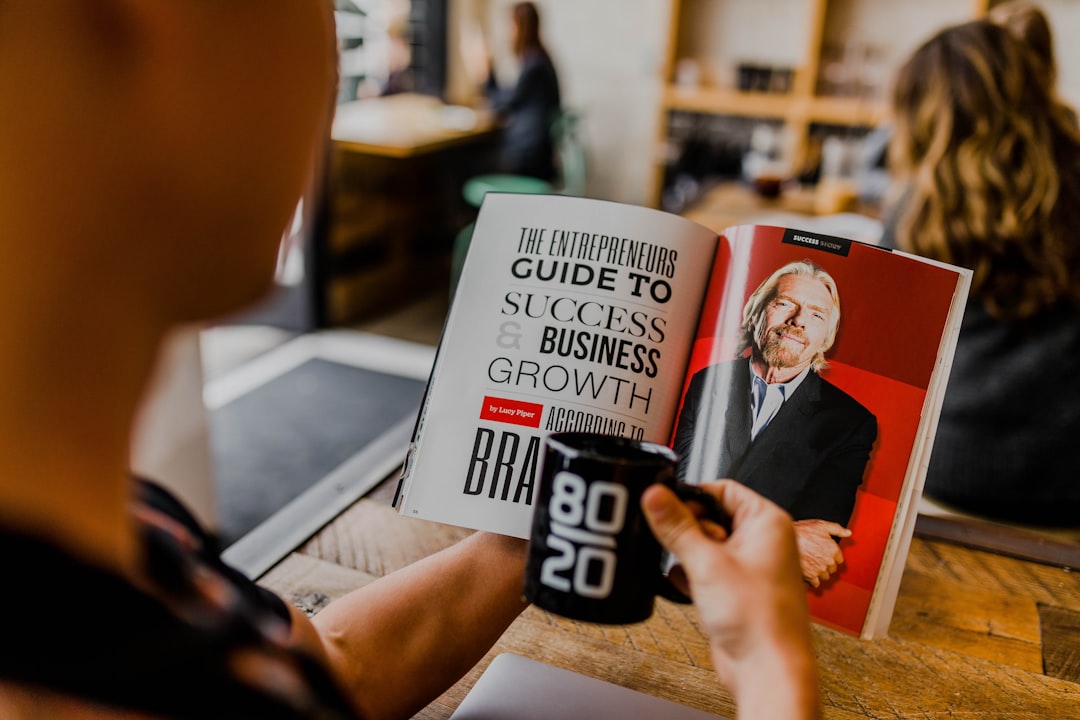The email marketing funnel is a strategic framework that guides potential customers through various stages of engagement, from initial awareness to final conversion and beyond. At its core, the funnel consists of several key phases: awareness, consideration, conversion, and retention. Each stage requires tailored messaging and tactics to effectively nurture leads and encourage them to move further down the funnel.
Understanding this progression is crucial for marketers aiming to maximize their email campaigns’ effectiveness. In the awareness stage, potential customers are introduced to your brand and its offerings. This is where the importance of building a strong first impression comes into play.
Emails sent during this phase should focus on educating recipients about your products or services, highlighting their unique value propositions. As leads move into the consideration stage, they begin to evaluate their options more critically. Here, marketers can leverage targeted content that addresses specific pain points and showcases how their solutions can meet those needs.
By understanding the nuances of each stage, marketers can create a more effective email marketing strategy that resonates with their audience.
Key Takeaways
- The email marketing funnel consists of stages from building an email list to converting leads into customers and retaining them with email campaigns.
- Building an email list involves creating valuable lead magnets, optimizing website forms, and leveraging social media and other channels to attract subscribers.
- Crafting compelling email content requires understanding your audience, personalizing messages, and using attention-grabbing subject lines and visuals.
- Nurturing leads with email automation involves setting up targeted workflows, segmenting your audience, and delivering relevant content at the right time.
- Converting leads into customers involves creating persuasive calls-to-action, offering exclusive deals, and using social proof to build trust and credibility.
Building Your Email List
Building a robust email list is foundational to any successful email marketing strategy. The quality of your list directly impacts the effectiveness of your campaigns. To cultivate a list that is both engaged and responsive, marketers must employ various tactics to attract subscribers.
One effective method is offering valuable incentives, such as exclusive content, discounts, or free trials, in exchange for email sign-ups. This not only encourages users to provide their information but also sets the stage for a positive relationship built on value. Another critical aspect of list building is ensuring that the sign-up process is seamless and user-friendly.
Complicated forms or excessive fields can deter potential subscribers. Instead, marketers should aim for simplicity—asking only for essential information like name and email address. Additionally, utilizing multiple channels for list growth can enhance reach; integrating sign-up forms on social media platforms, websites, and even during in-person events can significantly expand your audience base.
By diversifying your approach and focusing on user experience, you can create a high-quality email list that serves as a valuable asset for your marketing efforts.
Crafting Compelling Email Content

Once you have established a solid email list, the next step is crafting compelling content that resonates with your audience. The effectiveness of an email campaign hinges on its ability to engage recipients and prompt them to take action. To achieve this, marketers should focus on creating personalized content that speaks directly to the interests and needs of their subscribers.
Personalization can range from using the recipient’s name in the subject line to tailoring content based on past interactions or preferences. Moreover, the structure and design of the email play a significant role in capturing attention. A well-designed email should be visually appealing and easy to navigate, with clear calls-to-action (CTAs) that guide recipients toward desired actions.
Incorporating storytelling elements can also enhance engagement; sharing customer success stories or case studies can illustrate the real-world impact of your products or services. By combining personalization with thoughtful design and storytelling, marketers can create emails that not only capture attention but also drive meaningful engagement.
Nurturing Leads with Email Automation
| Metrics | Results |
|---|---|
| Open Rate | 25% |
| Click-through Rate | 10% |
| Conversion Rate | 5% |
| Unsubscribe Rate | 2% |
Email automation is a powerful tool that allows marketers to nurture leads efficiently throughout the customer journey. By setting up automated workflows, businesses can deliver timely and relevant content based on user behavior and engagement levels. For instance, if a subscriber downloads a whitepaper, an automated follow-up email could provide additional resources related to that topic or invite them to a webinar for deeper insights.
This level of targeted communication helps maintain engagement and keeps your brand top-of-mind. Additionally, automation can streamline processes such as welcome series for new subscribers or re-engagement campaigns for inactive users. A well-crafted welcome series introduces new subscribers to your brand’s values and offerings while establishing a connection from the outset.
On the other hand, re-engagement campaigns can help revive interest among dormant subscribers by offering exclusive deals or asking for feedback on why they may have disengaged. By leveraging automation effectively, marketers can ensure that leads receive consistent communication tailored to their journey, ultimately increasing the likelihood of conversion.
Converting Leads into Customers
Converting leads into customers is often seen as the ultimate goal of any email marketing campaign. To facilitate this transition, marketers must employ strategies that encourage action while addressing any potential objections or concerns that leads may have. One effective approach is to create urgency through limited-time offers or exclusive promotions that incentivize immediate action.
Highlighting social proof—such as testimonials or user-generated content—can also alleviate doubts and reinforce trust in your brand. Furthermore, segmentation plays a crucial role in conversion efforts. By categorizing leads based on their behavior or demographics, marketers can tailor their messaging to address specific needs or interests.
For example, if a segment consists of leads who have shown interest in a particular product category but have not yet made a purchase, targeted emails showcasing those products along with compelling offers can drive conversions. By combining urgency with personalized messaging and social proof, marketers can create a persuasive environment that encourages leads to take the final step toward becoming customers.
Retaining Customers with Email Campaigns

Once leads have converted into customers, the focus shifts to retention—ensuring that these customers remain engaged and loyal over time. Email campaigns play a pivotal role in this process by fostering ongoing communication and providing value beyond the initial purchase. One effective strategy is to implement post-purchase follow-ups that thank customers for their purchase and offer additional resources or tips related to their new product.
This not only enhances the customer experience but also opens opportunities for upselling or cross-selling. Additionally, loyalty programs communicated through email can incentivize repeat purchases and strengthen customer relationships. By offering exclusive discounts or rewards for continued engagement, businesses can encourage customers to return for future purchases.
Regular newsletters featuring curated content, product updates, or industry insights can also keep customers informed and engaged with your brand long after their initial purchase. By prioritizing retention through thoughtful email campaigns, businesses can cultivate lasting relationships that drive long-term success.
Analyzing Email Marketing Metrics
To gauge the effectiveness of email marketing efforts, it is essential to analyze key metrics that provide insights into campaign performance. Open rates indicate how well subject lines resonate with recipients, while click-through rates (CTR) reveal how engaging the content is once opened. Monitoring these metrics allows marketers to identify trends and make data-driven decisions to optimize future campaigns.
Beyond open and click rates, conversion rates are critical for understanding how well emails drive desired actions—whether that’s making a purchase, signing up for an event, or downloading content. Additionally, tracking unsubscribe rates can provide valuable feedback on audience satisfaction; a sudden spike may indicate issues with content relevance or frequency of communication. By regularly reviewing these metrics and adjusting strategies accordingly, marketers can continuously refine their email campaigns for improved performance.
Optimizing the Email Marketing Funnel
Optimizing the email marketing funnel involves a continuous cycle of testing, analyzing, and refining strategies to enhance overall effectiveness. A/B testing is one powerful method for optimization; by experimenting with different subject lines, content formats, or CTAs, marketers can identify what resonates best with their audience. This iterative approach allows for data-driven adjustments that lead to improved engagement and conversion rates over time.
Moreover, understanding customer feedback through surveys or direct responses can provide invaluable insights into areas for improvement within the funnel. Marketers should actively seek input from subscribers regarding their preferences for content frequency, types of offers they find appealing, and overall satisfaction with communications received. By incorporating this feedback into optimization efforts, businesses can create a more tailored experience that aligns with customer expectations and drives better results across all stages of the email marketing funnel.

